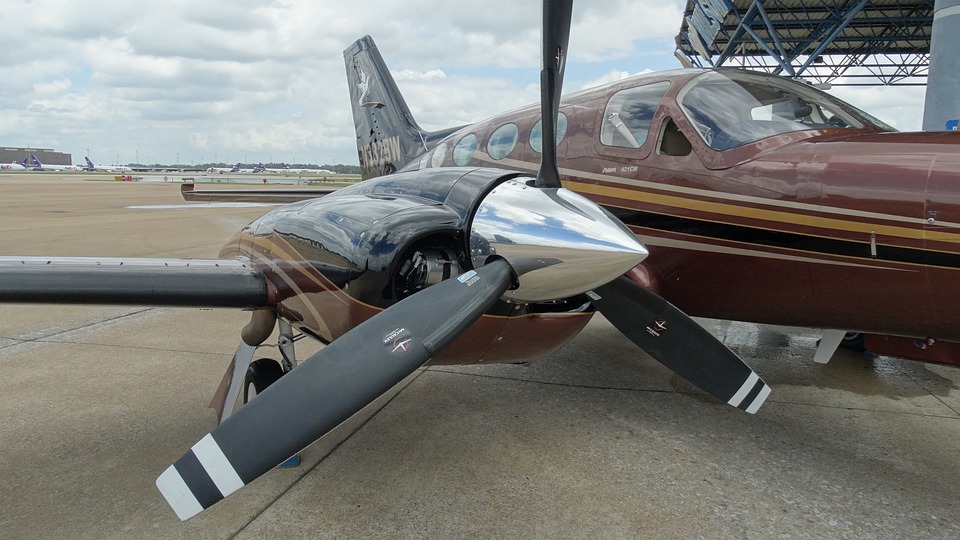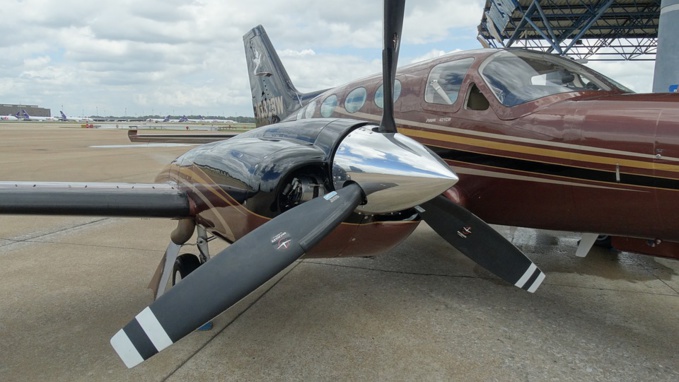Analysts from Deloitte consulting company prepared a report that assessed prospects for a flying taxi in cities and technological barriers that stand in the way of this type of transport. Earlier, the company has already published articles describing various obstacles to the introduction of flying taxis, from the need to create large-scale infrastructure and traffic control systems in cities to psychological barriers for people and the need to prepare rules and regulations for such flights. The current report is not about regulatory obstacles and passengers fearing such transport, but directly about technological solutions that must be implemented before the widespread use of flying taxis will be possible.
Flying taxis are developed by a variety of companies, from Boeing and Airbus aviation corporations to automakers such as Audi and Porsche, and Uber taxi service. Usually it is about small unmanned aerial vehicles with an electric motor that can land and take off vertically, like a helicopter. In late January, Boeing tested its own prototype of a flying taxi: the aircraft took off, hung in the air for a while, and then landed. Not only has Uber presented a prototype of its version of a flying taxi, but also prepared infrastructure projects for it - taxi ports from which these aircraft could take off.
Deloitte analysts have identified five major technological problems to be solved by flying taxi manufacturers.
One of the most important tasks in the development of such aircraft is their energy efficiency. So far, the prototypes demonstrate insufficient estimated range with a long battery charge and a rather high cost per kilowatt-hour. According to the analysts, a temporary solution to this problem could be creation of a flying taxi with a hybrid engine.
The second barrier is the underdeveloped systems of the so-called situational orientation, that is, awareness of the environment and reaction to it. A flying taxi should evaluate its surroundings, observe other objects — both moving and non-moving — and navigate using the available maps. In this regard, Deloitte suggests improving sensors and radars of such an aircraft and development of artificial intelligence, which with the help of machine learning will identify objects on the way, compose the best route and determine places for landings. The third problem adjoins the second: it is necessary to improve the collision avoidance system. It also requires the development of microwave technologies that would identify objects and determine their size, including with difficult terrain, as well as help navigate in bad weather conditions.
Another task is to create a reliable communication and air traffic control system. This requires, in essence, integration of the current air traffic control system with the UAV control systems so that the operator can simultaneously interact with several aircraft. Among other things, the development of 5G networks with high data transfer rates will have a positive impact on these systems. The fifth problem to be solved is control over the noise level and its reduction. This task is important, since it is not expected that passengers of a flying taxi will wear special headphones each time, as is the case with helicopter flights.
Deloitte analysts have also prepared recommendations for companies developing flying taxis and all players in this market.
First, they should turn to the so-called distributed power plants. The aircraft will be equipped not with two to four powerful engines, like the current aircraft, but with a large number of small engines distributed along the wing. According to experts, this significantly reduces energy consumption at a comparable speed and range, and therefore reduces the cost of flights. Secondly, Deloitte advises manufacturers to invest in the technologies necessary for autonomous movement of vehicles in general, for example, microwave technologies in radars and sensors. Third, there is a need for a wide cooperation of flying taxi manufacturers with vehicle battery makers, universities, research laboratories, etc. Finally, according to Deloitte, manufacturers should invest in the technology needed for automation, first of all artificial intelligence and machine learning.
source: deloitte.com
Flying taxis are developed by a variety of companies, from Boeing and Airbus aviation corporations to automakers such as Audi and Porsche, and Uber taxi service. Usually it is about small unmanned aerial vehicles with an electric motor that can land and take off vertically, like a helicopter. In late January, Boeing tested its own prototype of a flying taxi: the aircraft took off, hung in the air for a while, and then landed. Not only has Uber presented a prototype of its version of a flying taxi, but also prepared infrastructure projects for it - taxi ports from which these aircraft could take off.
Deloitte analysts have identified five major technological problems to be solved by flying taxi manufacturers.
One of the most important tasks in the development of such aircraft is their energy efficiency. So far, the prototypes demonstrate insufficient estimated range with a long battery charge and a rather high cost per kilowatt-hour. According to the analysts, a temporary solution to this problem could be creation of a flying taxi with a hybrid engine.
The second barrier is the underdeveloped systems of the so-called situational orientation, that is, awareness of the environment and reaction to it. A flying taxi should evaluate its surroundings, observe other objects — both moving and non-moving — and navigate using the available maps. In this regard, Deloitte suggests improving sensors and radars of such an aircraft and development of artificial intelligence, which with the help of machine learning will identify objects on the way, compose the best route and determine places for landings. The third problem adjoins the second: it is necessary to improve the collision avoidance system. It also requires the development of microwave technologies that would identify objects and determine their size, including with difficult terrain, as well as help navigate in bad weather conditions.
Another task is to create a reliable communication and air traffic control system. This requires, in essence, integration of the current air traffic control system with the UAV control systems so that the operator can simultaneously interact with several aircraft. Among other things, the development of 5G networks with high data transfer rates will have a positive impact on these systems. The fifth problem to be solved is control over the noise level and its reduction. This task is important, since it is not expected that passengers of a flying taxi will wear special headphones each time, as is the case with helicopter flights.
Deloitte analysts have also prepared recommendations for companies developing flying taxis and all players in this market.
First, they should turn to the so-called distributed power plants. The aircraft will be equipped not with two to four powerful engines, like the current aircraft, but with a large number of small engines distributed along the wing. According to experts, this significantly reduces energy consumption at a comparable speed and range, and therefore reduces the cost of flights. Secondly, Deloitte advises manufacturers to invest in the technologies necessary for autonomous movement of vehicles in general, for example, microwave technologies in radars and sensors. Third, there is a need for a wide cooperation of flying taxi manufacturers with vehicle battery makers, universities, research laboratories, etc. Finally, according to Deloitte, manufacturers should invest in the technology needed for automation, first of all artificial intelligence and machine learning.
source: deloitte.com



















